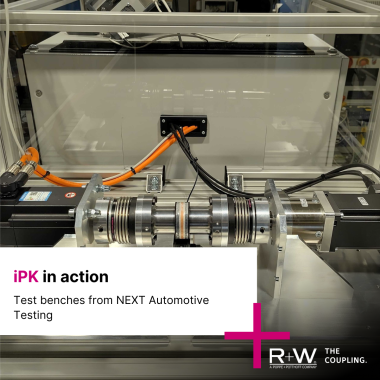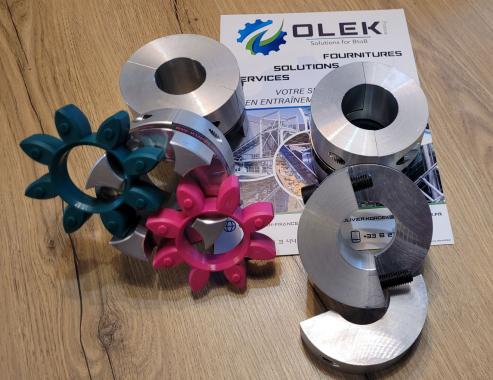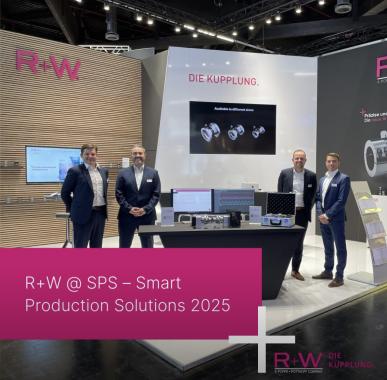How to Differentiate Yourself from Competitors with Industrial 3D Printing
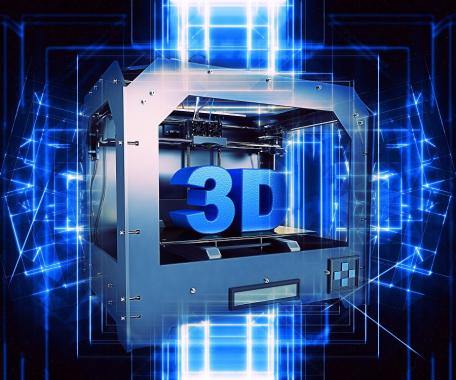

Are you interested in 3D? Discover all the products in the category by clicking here
Forget the 80s 3D printers that created low quality objects. Today, the performance of industrial 3D printing is such that it allows companies that are launching, sometimes even without specific expectations, to revolutionize their sector and distinguish themselves from the competition. Find out how additive manufacturing can diversify your business, make you more competitive and profitable, while making your customers' dreams come true. The impossible now becomes reality with the industry of the future.
What is a 3D printer used for in industry?
How it works ?
It all starts with a computer-aided design that creates, step by step, an object that is perfectly suited to a need. The 3D printer makes it possible to go from dream to reality. This additive manufacturing technique consists of adding layers of material that gradually form an element . After depositing a thin layer of material, a laser or a binder solidifies or polymerizes the structure created.
The materials used are in powder or liquid form . High-performance materials enable more sustainable and responsible manufacturing.
The industrial 3D printers used in industry today no longer have anything in common with the wire deposition manufacturing (FDM) technology of the 1980s. Additive manufacturing provides extremely precise, quality and standards-compliant results in vigor .
Which manufacturers are affected by this technology?
Most high-tech sectors can use industrial 3D printing: aeronautics, construction, medical, automotive, etc.
The 3D printer is favored for the creation of very specific custom structures that cannot be machined with traditional manufacturing.
Additive manufacturing makes each piece unique.
For example, in the medical field, implants that perfectly match a patient's bone structure can be printed to cure spinal deformity problems. In the past, the chances of complete recovery were more limited.
Should the entire functioning of its industry be changed?
Using a 3D printer requires:
- Develop your processes
- Train your teams
- Define which part of the production will be able to take advantage of 3D compared to traditional manufacturing
Mastering computer-aided design or drawing tools (CAD and DAO) is essential. From BIM, printing a house becomes possible with the cooperation of industrial robotics.
The industry is changing, but the innovative processes above all modify the needs, expectations and prospects for development .
To what extent can its processes evolve towards three-dimensional printing?
The financial aspect of 3D printing
Manufacturers who have not yet taken the plunge are hampered by the cost of acquiring and operating a 3D printer. This technology has evolved greatly over the decade and its democratization has helped make prices affordable , or almost.
Ambition to develop a part of its activity thanks to the three-dimensional printing represents a variable investment, but whose profitability is fast .
Some stereolithography printers can reach 150,000 euros! But these are not the most common machines on the market, so you will find printers from 4,000 euros with an accuracy of 50 microns.
A relevant strategy to adopt
Before you jump in, estimate which parts of your production could be made from industrial 3D printing .
If it's items that sell well, you'll get a return on your investment very quickly.
Indeed, against all expectations, the design of a part from a 3D printer, compared to a traditional manufacturing process, has a lower cost price by a factor of 10 to 100 depending on the case. The creation of certain parts thus becomes extremely competitive, making industrial 3D printing a real lever for development .
The savings come from the fact that the part is created directly from computer modeling. The pre-industrialization stages, the creation of molds or templates no longer have to be.
In terms of logistics, 3D printers use little material and generate almost no waste (chips, debris, scraps, etc.). You save even more on raw materials as well as on the management of manufacturing waste.
What are the advantages of industrial 3D printing?
It's hard to talk about industrial 3D printing without directly seeing many advantages.
Depending on your industry and outlook, your interest in leveraging this technology will vary, but generally speaking:
- An industrial 3D printer supports most materials to make all designs possible: plastic, ceramic, titanium, glass, organic materials, etc. Whatever you produce, 3D printing can create it
- You gain in competitiveness. The level of precision and the creation of unique and on-demand custom parts set you apart from your competitors while improving the management of your production line
- You save production time. 3D printing has no limits except your imagination and your mastery of computer-aided design. The most complex shapes almost impossible to produce thanks to traditional manufacturing processes are designed in minutes
- Your products gain strength and durability. Three-dimensional 3D printing optimizes the topography of the created object in order to increase its resistance or thermal conductivity. The material is strategically distributed according to the volume of the object to improve its characteristics
- You quickly diagnose the improvements to be made to obtain a perfect result. A 3D printer easily creates prototypes that allow you to refine a project. The different phases are reduced to simple computer modelling. Traditional manufacturing would have required months of work
- You respond to new expectations and needs while diversifying your client portfolio . Industrial 3D printing increases the responsiveness of your business. You are positioning yourself in a competitive market where only manufacturers at the cutting edge of technology are doing well. You are entering the era of ultra-specific and immediate solutions for unbeatable prices
- Your technicians develop their creativity with the use of three-dimensional printing. The mechanical characteristics of printed objects sometimes differ from traditional machining. Extra work is required to find innovative solutions to solve a problem and design a part that is more than perfect
In short, you dare to innovate to create opportunities for the future . Industrial 3D printing opens up the field of possibilities. You may not yet suspect what this powerful technology can offer your business.
What difficulties to expect when starting out in 3D printing?
A recalcitrant audience… at first
Habits die hard and each technological development must prove its worth in order to be accepted on a global and massive scale.
Industrial 3D printing is no exception.
The sectors involved in the creation of 3D objects call upon specific technologies. The risks involved are great. To initiate change, only proof by example brings results . Raising awareness is essential for a smooth transition and evolving working methods.
In medicine, for example, the tailor-made elements essential to the treatment and care of patients are legion. Sometimes, however, surgeons have to find the best compromise among the devices available in stock, because custom-made does not exist for everything. 3D printing provides a convincing solution to this type of problem. The medical world is enriched every day by the development of new technologies that improve patient care.
A technique that is complementary and inseparable from traditional machining
Before embarking on the acquisition of a 3D printer, be aware that additive manufacturing can be sufficient on its own for the printing of certain objects . You free up machining space on your traditional chain.
However, your classic production lines remain essential for carrying out certain post-printing treatments .
It is the combination of various machining techniques that will differentiate you from other players in your sector. Just as your employees enrich each other with their respective skills, your working methods complement each other to offer truly perfect products.
Legislation lagging behind on subjects it does not master
French legislation is lagging behind on topics related to the technologies of the future.
To increase the competitiveness of companies internationally, the law must adapt to innovations . Unfortunately, industrial 3D printing often comes up against a legal vacuum or obsolete texts that make the marketing and use of technologies impossible in Europe.
Obtaining CE certification requires knowing the criteria on which to base whether or not to grant approval for a project. This is where the problem lies. Manufacturers thus find themselves unable to provide tangible proof of the effectiveness of their concept .
Before embarking on industrial 3D printing, surround yourself with experts. Be ready to face the giants of the sector. Protect your innovations. Learn from your mistakes and carefully study the legal environment around your activity to circumvent the authorization problems that could delay your success.
The industry of the future is thus counting on 3D printing to gain in competitiveness, innovation and precision . Breakthrough technology, it would even be on the way to revolutionizing certain sectors. Coupled with relevant use with industrial robotics, there seems to be no limit to future technological developments. Will you be part of the new wave of cutting-edge manufacturers?
Our other news
See allJoin the largest community of industrial suppliers
- Helping you with your ongoing technology watch
- Provide you with detailed supplier statistics
- Give you international visibility
Discover the largest catalogue of industrial products on the market
- To offer you the best catalogue of industrial products on the market
- To guarantee you a 100% secure platform
- Enable you to have live remote exchanges
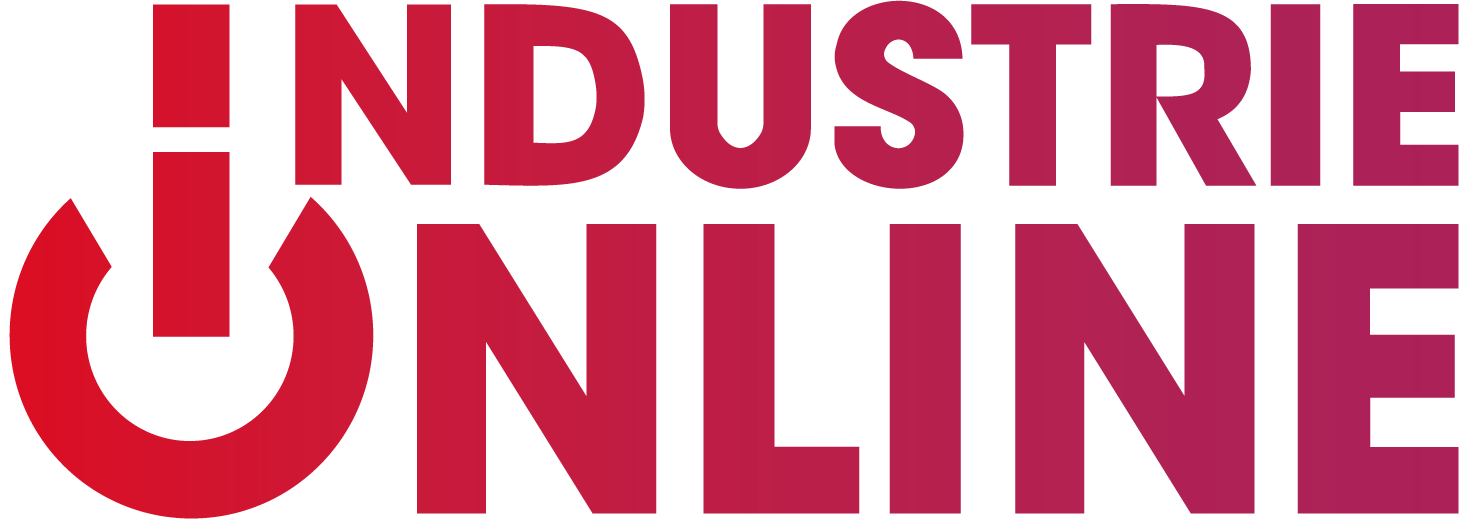

 Français
Français 